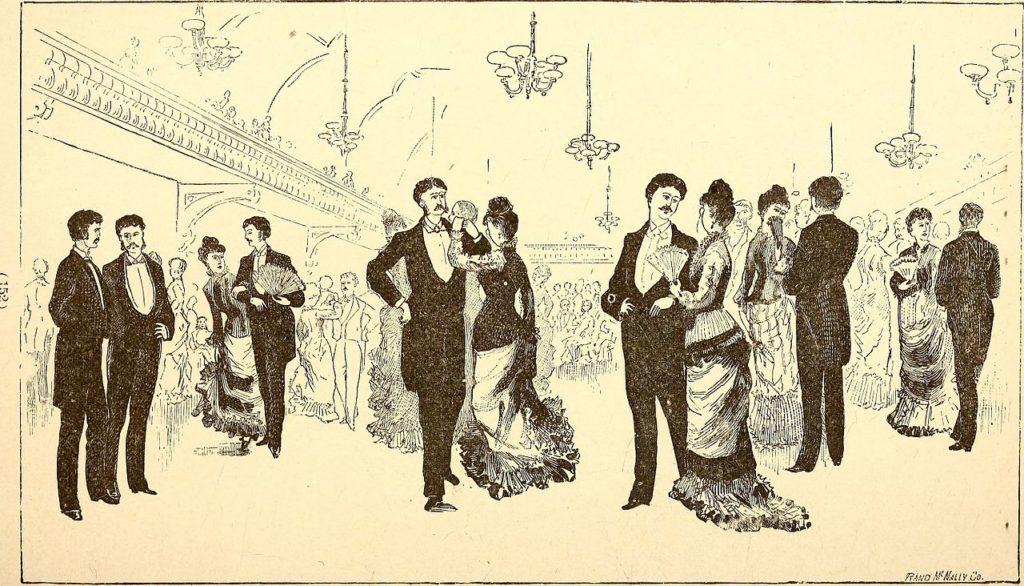Start a Conversation in English at Work – Introduction
Have you ever stood next to a colleague at the coffee machine, smiled politely… and then said nothing? Or sat next to a client before a meeting, unsure how to break the silence? You’re not alone.
Starting a conversation in English at work – especially if it’s not your first language – can feel awkward. But it’s also one of the most important soft skills you can develop for building strong relationships with colleagues and clients.
In this article, you’ll learn practical, real-life conversation strategies to help you connect with confidence. We’ll also show you how to practise with others in our community for professionals who use English at work.
If you haven’t already, check out these helpful articles first:
-
How to Introduce Yourself Professionally in English: A Guide for Business Success
-
How to Network in English: Building Connections with Confidence
Ready to go beyond introductions? Let’s talk about how to start a conversation—and keep it going.
Know the Situation: Casual or Professional?
Before you say anything, consider who you’re talking to and where you are.

At the office coffee machine? That’s likely to be informal. Sitting with a new client before a meeting? Keep it professional.
Examples:
-
Colleague (informal):
“Busy day?”
“This coffee machine never works properly, does it?” -
Client (professional):
“Did you have any trouble finding the office?”
“How’s your morning been so far?”
💡 UK/US Tip:
In the UK, people often prefer understatement and politeness (“Not bad weather today, surprisingly!”).
In the US, people may be more open or enthusiastic (“What a beautiful day, right?”). Both are fine – just match your style to the setting.
Use Universal Topics That Work Anywhere
Some conversation starters are “safe” because they’re neutral, friendly and not too personal.
Great workplace topics include:
-
The weather
“Looks like rain again – typical Monday!” -
Work-related tasks
“How’s the project going?”
“Have you used the new software yet?” -
The office or environment
“I think this is the quietest meeting room in the building.” -
Upcoming events
“Are you going to the Friday social?”
“Have you seen the invite for the training session?”
🚫 Avoid sensitive topics like politics, religion or anything too personal – especially if you don’t know the person well.
Ask Open Questions
Open questions are your best friend – they encourage longer answers and give you more to work with.
Examples:
-
“What do you usually work on?”
-
“How did you get into this field?”
-
“What’s your favourite part of your job?”
If you ask:
👉 “Do you like working here?” (closed question)
You might get:
👉 “Yes.” (conversation over!)
But if you ask:
👉 “What do you enjoy most about working here?”
You’ll likely get a fuller answer.
Transition from Small Talk to Business
Once the conversation is flowing, you may need to move from chatting to actual work. Here are a few natural “bridge phrases” to help:
Examples:
-
“Anyway, I think we should get started…”
-
“Before we jump into today’s topic, I wanted to ask…”
-
“That reminds me of something I wanted to discuss with you…”
💬 UK/US Tip:
In the UK, these soft transitions are common. In the US, people may move to the topic more directly:
👉 “Let’s get down to business.”
👉 “Here’s why I wanted to speak with you.”
Match Their Style
Watch how the other person communicates – then mirror it (gently).
If they’re formal:
👉 Use polite, professional language.
“It’s a pleasure to meet you. I’ve heard good things about your team.”
If they’re more relaxed:
👉 Use friendly and casual phrasing.
“Hey, I’ve seen you around – finally good to chat!”
This shows social awareness and helps the conversation feel comfortable for both sides.
Show Polite Curiosity
Ask questions that show genuine interest – but not too much personal detail.
Examples:
-
“Do you usually work from home or come into the office?”
-
“Have you worked with this client before?”
-
“What do you usually do after work – are you a sporty type?”
This helps you build rapport, especially when speaking with colleagues you don’t know well yet.
Keep a Few “Go-To” Starters Ready
It helps to have a few reliable phrases in your pocket for different situations.
With a new colleague:
👉 “Hi – I don’t think we’ve met yet. I’m [Name]. What do you work on?”
During a client break:
👉 “How have things been going on your side lately?”
In the lift or at lunch:
👉 “This building always smells like toast at lunchtime!”
You don’t need to say something amazing – just something friendly to get started.

End the Conversation Politely
Knowing how to finish a conversation is just as important as starting one.
Examples:
-
“Well, I won’t keep you – really nice chatting.”
-
“I’d better get back to this – let’s talk again soon.”
-
“Thanks for the chat – I’ve got to head to a call.”
Polite exits show professionalism and give the conversation a sense of closure.
What If It Gets Awkward?
It’s okay – awkward silences happen, even in your native language.
Here’s how to recover:
-
Ask a fresh question
👉 “By the way, how long have you been with the company?” -
Comment on something around you
👉 “This meeting room is freezing – always feels like the Arctic in here!” -
Acknowledge it with humour
👉 “Sorry, I completely lost my train of thought – Mondays, eh?”
Practise in a Safe Environment
Confidence comes from practice, not perfection. And the best place to practise is in our community for professionals who use English at work.
✅ Try out conversation starters
✅ Get feedback
✅ Learn from other learners
✅ Build confidence together
Final Thoughts
Starting a conversation in English at work doesn’t have to feel stressful. With just a few friendly phrases, open questions and a bit of courage, you’ll find that people are more open than you think.
Remember:
“The best conversations often start with just one sentence – take the first step.”
Next read:
-
How to Introduce Yourself Professionally in English: A Guide for Business Success
-
How to Network in English: Building Connections with Confidence
-
Join our English for Work community and start a conversation today!


